‘You Will Die Here Tonight’: Redemption For The Most Misunderstood ‘Resident Evil’ Game

Resident Evil: Gaiden wasn’t terribly well received when it was released. Having the difficult duty of making Resident Evil-style zombie hunting work on the Game Boy Color wasn’t an easy one. People just weren’t ready for top-down exploration mixed with first-person shooting gallery combat. That’s a shame, as the game’s oddball take on zombie shootouts makes it a compelling horror game if you give it a chance. And somehow, in 2023, another developer believed in that concept so much that they took it and ran with it as well. Playing You Will Die Here Tonight, I feel that we can finally feel some vindication for the neat ideas that fueled the oft-misunderstood Resident Evil: Gaiden.
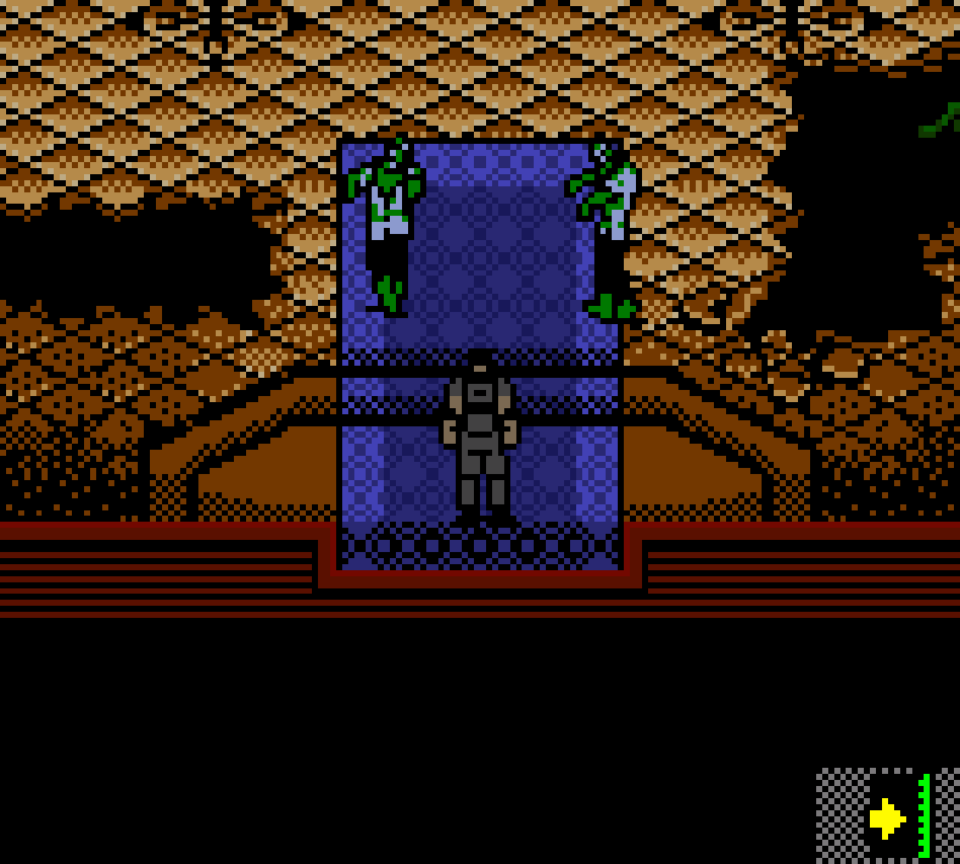
Resident Evil: Gaiden On A Handheld Worked
This early 2000s Game Boy Color game came about from a desire to get Resident Evil working on the handheld system. It was not an easy task for a series that had been running on the original PlayStation’s hardware. How would you even tackle that with a Game Boy Color? Most Game Boy Color games were sidescrollers or other simple games the console could handle. How were you supposed to capture the intensity of 3D combat against zombies, as well as the feeling of growing fear as they creep ever closer to you on that system?
M4, the studio behind Resident Evil: Gaiden, found a way to do it despite limitations by using two perspectives in the game. The game uses a top-down vantage point in a sprawling, multi-room passenger ship to nail down that sense of exploration. It gives the player lots of room to wander and find things, so it has that same feeling of wandering through a deadly place, looking for clues and tools to keep yourself safe. Likewise, it allowed players to see zombies skulking through the map so they could try to dodge around them.
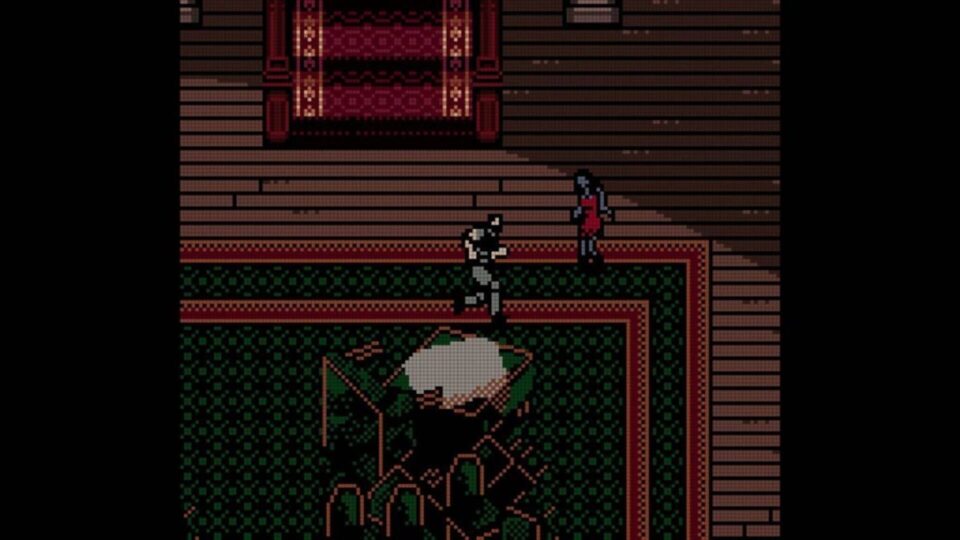
A Lot of Changes to Resident Evil’s Mechanics
The next step involved what to do when the zombies got close. Instead of having players shoot at zombies on the top-down map, the game switched perspectives to first person once one of the undead grabbed you. Here, a targeting reticle sweeps back and forth across the screen as zombies trudge toward you. This reticle follows a line bar, and anywhere a zombie is standing, there’s a white segment with a bullseye-like center. If you tap the button in the white segment under the zombie, you fire a shot and land a hit. Nail the bullseye, and you get a headshot that does more damage.
This shooting gallery-style play can make Resident Evil: Gaiden feel a bit like a carnival game at first. Just wait until the shot lines up and hits the silly zombies. However, the zombies continually get closer the longer you wait to take your shot. They’re easier to hit up close, but they can also tear into you at this point. So, it’s safer to shoot them at a distance. The trouble is, your reticle moves on its own, so you have to just wait and shoot with the right timing to hit them.
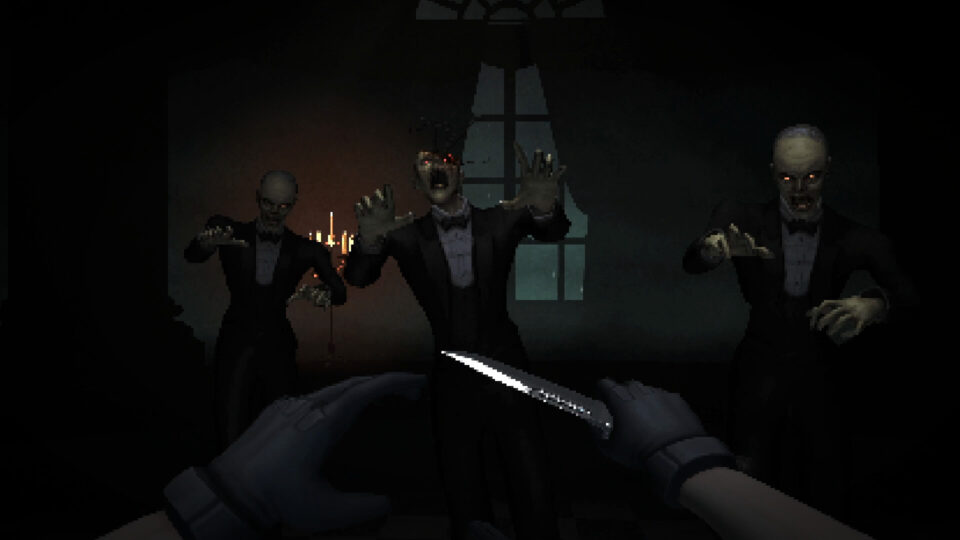
Resident Evil: Gaiden Was Intuitive For Its Time
This system felt really weird, but the more I thought about it, the more I liked how it captured the most vital parts of how Resident Evil used its mechanics to frighten players. If you could just aim and shoot on the map or move the reticle at will during the first-person sequences, you’d be able to blast the zombies fairly easily. That or the developers would have to make the zombies move faster to make them more challenging or harder to hit. Yet that would have run counter to the zombies the series was known for. It might have felt more intuitive and been more widely accepted by players in the early 2000s, but it wouldn’t have been right as a Resident Evil game.
What M4 focused on instead was the uncertainty and fear of having the zombies plodding toward you. You couldn’t just aim and unload—you had to wait for the right time to land a shot safely. Having to wait for the reticle to line up seems silly, but it forces the player to wait for that clean shot chance. 2019’s Resident Evil 2 remake would see its undead moving in unpredictable ways to have a similar effect. You had to really watch them and wait for a chance to hit them. And even if you were careful, they’d still usually surprise you and dodge your shots.
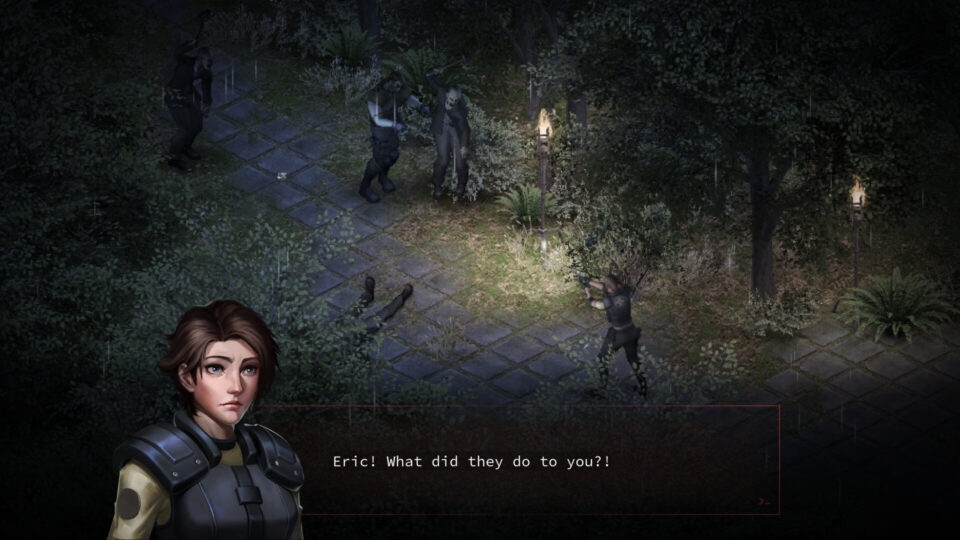
Bringing The Tension To A Handheld
Resident Evil: Gaiden uses that ever-moving reticle to force players to wait as the zombies get closer, capturing that same tension of danger growing near while also doing something prescient for what the series would be doing almost twenty years later. That other nearby zombies could join the fight (any nearby zombies will home in on you during the first-person sequences if even one zombie starts a fight with you) also captures that tension and fear of knowing a few undead are heading your way. You’d better keep an eye on where those zombies were coming from, as you’ll need to keep an eye on them when the fight starts.
It also lets you appreciate the zombie and creature designs in the game. As the monsters get closer, their picture gets bigger. While you’ll be seeing a lot of the same zombies over and over again, a lot of detail went into their pixel artwork. You can really soak in the decaying flesh and rotting body parts, the outstretched, mangled limbs reaching for you. The monster sprites take up a lot of space on the screen when they get close and are fairly gross and unnerving for the era. It makes you want to keep your distance, creating a revulsion that the series has always used, just usually with more impressive visuals.
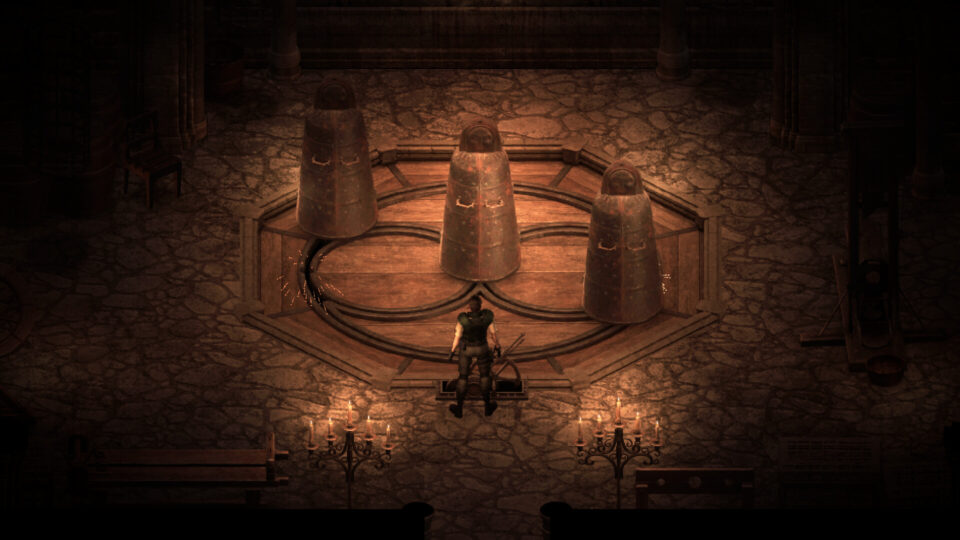
Limitation Held Back A Cult Classic
While the Game Boy Color was very limited in what it could do at the time, M4 still managed to capture that sense of growing fear from zombies getting closer, as well as the uncertainty of combat, despite those limitations by creating a unique combat system. While some people appreciated it at the time, GameSpot’s score of 5 out of 10 and IGN’s 4 out of 10 seem more indicative of what my friends told me when I said I was interested in giving the game a shot. It did receive some positive-ish coverage, but overall, the game didn’t get the respect I feel it deserved for capturing the spirit of the franchise with such limitations.
Over 20 years later, though, another game would see us wandering a scary place utilizing similar mechanics to Resident Evil: Gaiden. You Will Die Here Tonight sees players exploring a creepy mansion with the Aries division in an opening that feels very similar to the original Resident Evil. However, you’ll soon be swapping perspectives to keep zombies from eating your face in the first person.
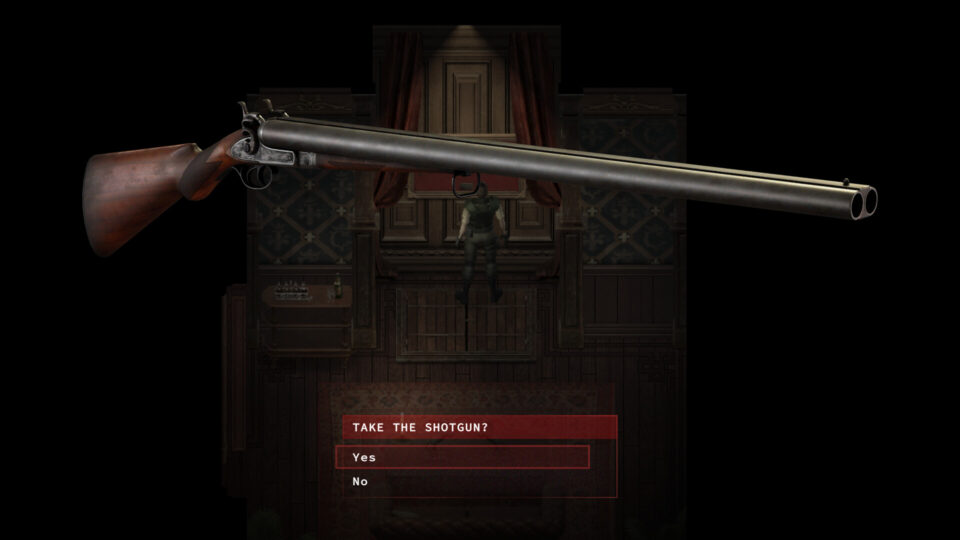
You Will Die Here Tonight Nails Its Inspirations
The pacing is definitely more on the frantic side in You Will Die Here Tonight. Since the zombies don’t have to slowly shamble over due to limitations from Game Boy Color hardware, these undead will book it for you. As they’re faster, you no longer need to wait for a reticle to move along the screen until it’s in the right spot. Just point and shoot. Seeing as you can aim quickly and fire back in a hurry, the zombie speed is perfect to create a similar tension, just at higher speeds. You can still panic and miss as your foe comes rushing your way. It just all goes down fast.
Likewise, you really get to feel that increasing terror as the zombies get closer to you. They’re doing it a hell of a lot faster than they did in Resident Evil: Gaiden, but it’s that same sense of rising panic as the monsters get closer to you. It just spikes instead of slowly growing. Even so, it’s building upon that switch to a first-person viewpoint to put you and the zombie together in proximity, letting you really feel that unnerving closeness. It’s building upon that same sense of panicked shooting as the zombies get right up in your face.
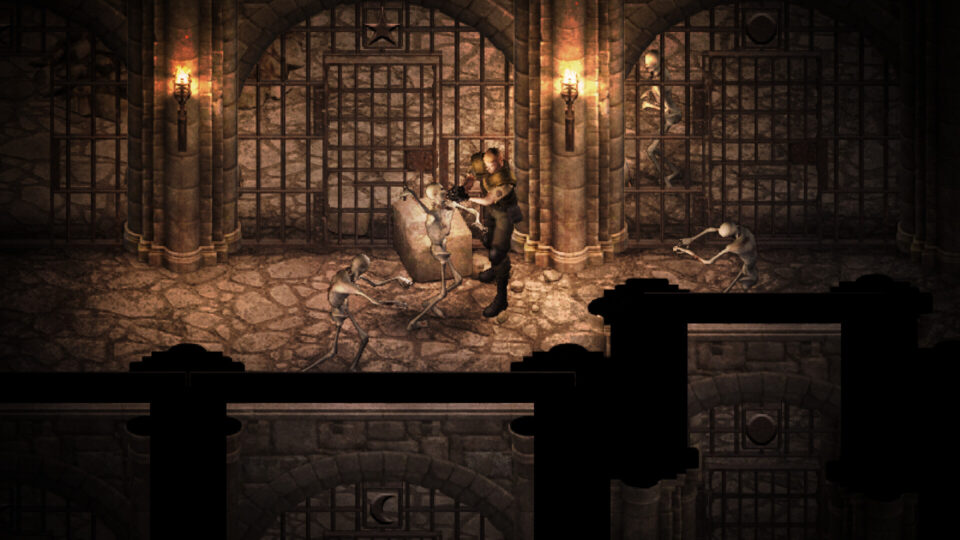
Evolution From Gaiden‘s Mechanics
It builds upon it in some interesting ways as well. You Will Die Here Tonight sees you engaging in melee with the zombies once they’ve grabbed onto you. You’ll have to mash the button to escape, which is more pulse-pounding than shooting the zombies point-blank in Resident Evil: Gaiden, but you still get to appreciate the zombie designs due to that first-person proximity. They get right in your face, and in those moments, you can see every twisted mouth opened far too wide that’s coming for your neck. It uses that same perspective to make you feel that discomfort and terror at the things that are running your way. The melee segments drive this home even harder, adding something to the already unnerving closeness that Resident Evil: Gaiden explored.
When not spraying bullets at a zombie that’s bearing down on you, you need to be wary as you explore the environments in You Will Die Here Tonight. Zombies often come rushing out of the shadows or will ambush you, quickly switching you into a fight before you can get your bearings. It turns zombie attacks into moments filled with panic and draws from how Resident Evil: Gaiden would throw multiple undead into a fight. In Resident Evil: Gaiden, enemies could be standing anywhere around you during a fight, so you had to use your directional pad to look around you to be sure you knew where all of your enemies were. I’d frequently not notice I was being stalked from behind until something was nibbling my tailbone.
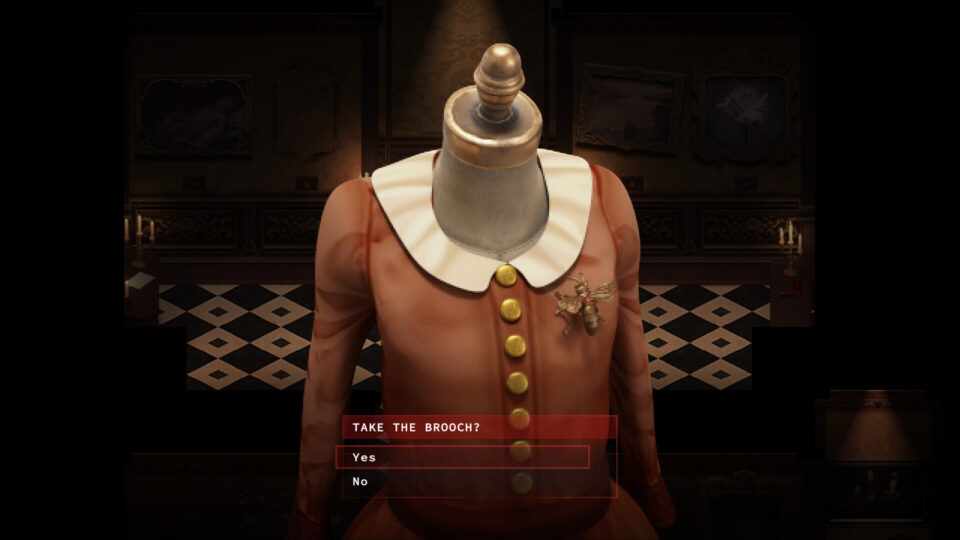
Combat Brings Panic In You Will Die Here Tonight
You Will Die Here Tonight, again, uses something similar but increases the speed. You can enter a fight with multiple foes fairly quickly in this game, and you’d need to keep an eye on all of them to stay alive. Doing this from the first-person viewpoint limits what you can see, so you’ll jump out of your skin when something starts attacking you out of nowhere that you haven’t seen. It reminded me of the flashes of damage from Resident Evil: Gaiden that would indicate I was being hurt, which would then throw me into a panicked search that would reveal several more monsters behind me.
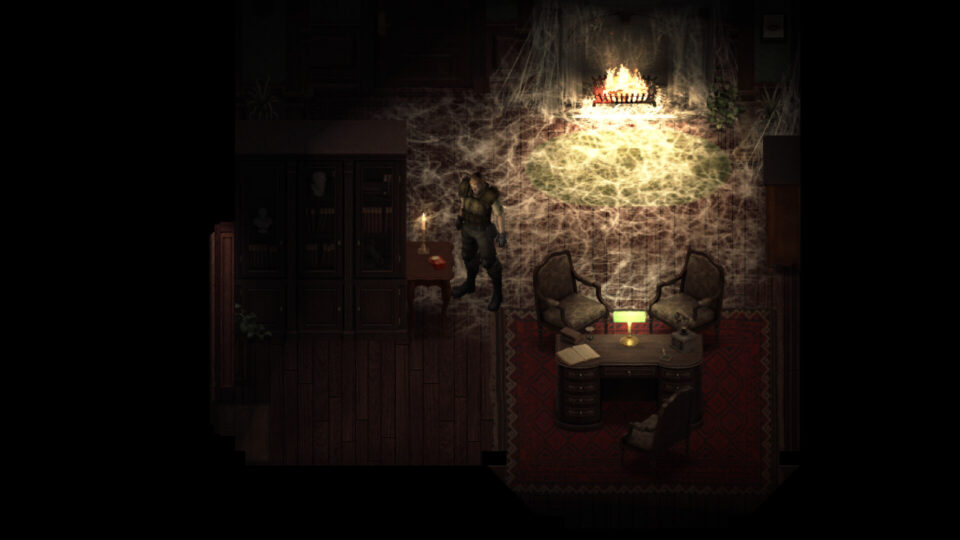
While a lot of these good points could be made about first-person horror in general, it’s that transition between top-down exploration and first-person combat that makes the connection between these games so special. There’s a shift in reality that comes from running into the undead in either game. You shift from this passive, distant bird’s eye view of the game world to something intimate and close. You get to feel far away and safe most of the time when you’re playing the game, but when a zombie grabs you, it literally pulls you into the game’s dangerous world. You’re dredged into a close-up encounter with all of the ugliness and horror.
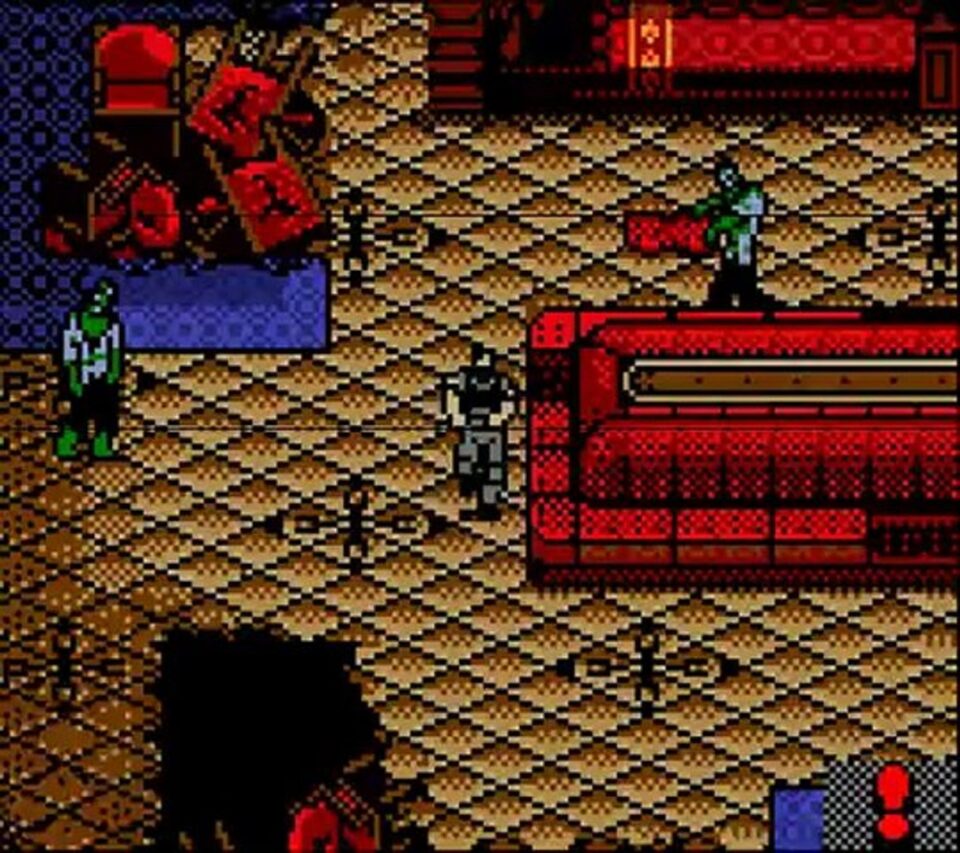
Vindication For The Fans
Being pulled down into this lethal place from a position of safety is what makes it really jarring and why the games have this wonderful connection and a powerful, horrifying effect with how they present their encounters with the undead. While You Will Die Here Tonight received some less-than-stellar reviews, and Resident Evil: Gaiden suffered from the same fate years ago, both are seeing some positivity from players these days. You Will Die Here Tonight is rated Very Positive on Steam at the moment, and there are a handful of articles praising Resident Evil: Gaiden for its impressive way of capturing the feel of Resident Evil despite hardware limitations. As such, I can’t help but feel that You Will Die Here Tonight stands for a long-needed vindication for the ideas in Resident Evil: Gaiden, and I hope it gets more people interested in trying this bold, misunderstood horror game.
Categorized:Editorials Horror Gaming

